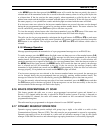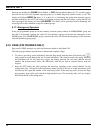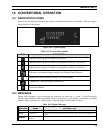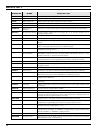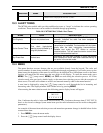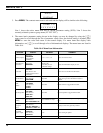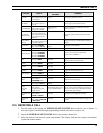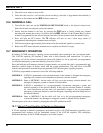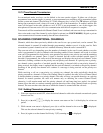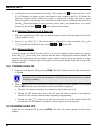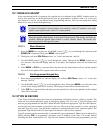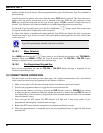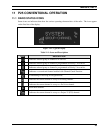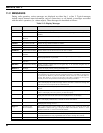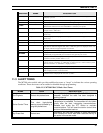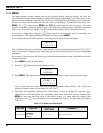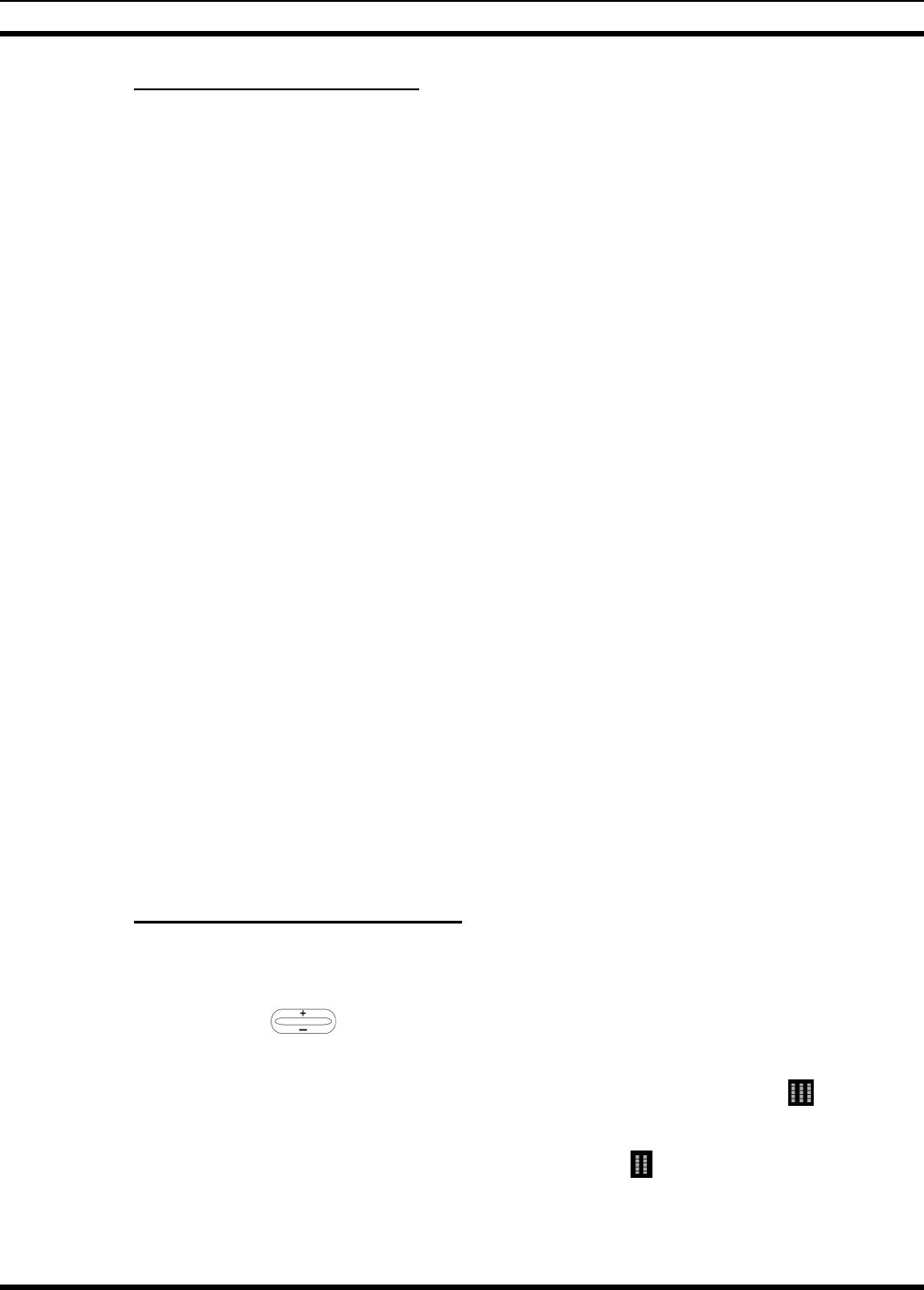
MM23016, Rev. C
81
10.7.2 Tone Encode Transmission
In conventional mode, two keys can be defined to be tone encode triggers. If either one of the pre-
programmed tone encode triggers is pressed, a pre-programmed tone sequence will be transmitted on the
current system and channel. (See Section 10.7 if the emergency key is used.) The TX indicator will light
during tone transmission and a beep will sound at the end of the transmission. If enabled, audible side
tones will be heard in the radio speaker as well. If PTT is pre-programmed as one of the triggers, the
microphone will become active for voice communication after the tone sequence is complete.
Tone encode will be transmitted with Channel Guard if one is defined, and tones are always transmitted in
clear voice mode, even if the channel is set for digital or private (see VOICE MODES). Digital or private
voice transmission will resume normally after the tone transmission.
10.8 SCANNING CONVENTIONAL CHANNELS
Channels, which have been previously added to the scan list on a per system basis, can be scanned. The
selected channel is scanned (if enabled through programming) whether or not it is in the scan list. Each
conventional system's channel scan list is retained in memory when the radio is turned OFF.
The scan rate will vary depending upon the number of channels in the scan list and whether or not the
radio is programmed to scan for channels with decoding enabled. Fewer channels will result in a faster
scan rate. If programmed for dual-priority scan operation, the priority-one, priority-two and the remaining
scan list channels are scanned. Once a signal is detected and the correct encoded squelch signal is
decoded (if programmed), the radio receives the message and displays the received scan channel. At the
same time, scanning continues on the priority-one and priority-two channels. If a priority-one or priority-
two channel carrier, regardless of encoded squelch decoding, is detected while a non-priority channel is
being received, the display name is updated and the received channel is switched to the priority channel.
Scanning of the priority-one channel will continue if a message is being received on the priority-two
channel.
While receiving a call on a non-priority or a priority two channel, the radio periodically checks the
priority one and two channels. If Scan with Channel Guard is enabled, the radio will use Channel Guard
to decide whether to unmute on a priority channel. The radio will stop, on squelch detection, on a priority
channel. In normal operation, the radio will unmute only on detecting the correct Channel Guard;
otherwise, it will remain muted until the priority channel call and hang time have ended. An optional
feature allows the radio to continue scanning upon the detection of the wrong Channel Guard on a priority
channel. The user can then select the rate at which this channel is scanned until the call ends.
10.8.1 Adding Channels to a Scan List
1. With scan operation turned OFF, select the desired channel to add to the selected conventional system
channel scan list.
2. Press (+) or (-) with
to display the current scan status on line 1 of the display for a time-out
period.
3. While current scan status is displayed, press (+) to add the channel to the scan list.
is displayed.
This sets the selected channel for non-priority scanning.
4. Press (+) again to set the channel for Priority 2 (P2) scanning and
is displayed.



